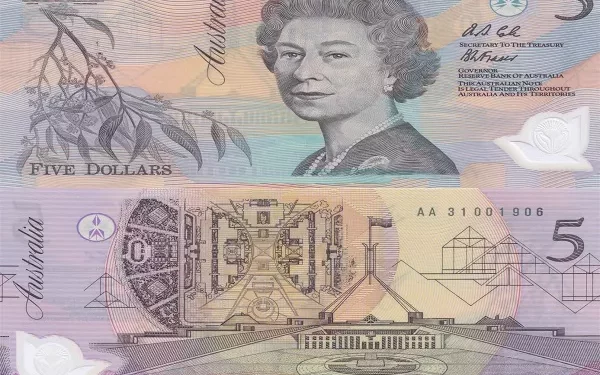The Australian dollar is the official currency of Australia and is widely traded on the global currency market.
It is the fifth most traded currency in the world, behind the US dollar, euro, Japanese yen, and British pound.
The value of the Australian dollar is primarily determined by a range of economic indicators, including interest rates, inflation, and economic growth.
The Reserve Bank of Australia, Australia’s central bank, is responsible for setting monetary policy and managing the country’s economy. The bank’s decisions regarding interest rates and other monetary policies can have a significant impact on the value of the Australian dollar.
Australia’s economy is highly diversified, with a strong focus on mining, agriculture, and services.
The country is a major exporter of natural resources such as iron ore, coal, and gold, and has a significant presence in the global commodity markets. The strength of Australia’s economy and its trade relationships with other countries also play a role in determining the value of the Australian dollar.
In addition to its economic factors, the Australian dollar is also affected by global events and market trends. Factors such as political instability, trade tensions, and changes in global interest rates can impact the value of the currency.
The Australian dollar’s value can also be affected by the exchange rate with other currencies, particularly the US dollar. The exchange rate is influenced by a range of factors, including economic indicators, market sentiment, and government policies.
In conclusion, the value of the Australian dollar is primarily determined by economic indicators such as interest rates, inflation, and economic growth. Australia’s highly diversified economy and trade relationships also play a role in determining the currency’s value. The Australian dollar is influenced by global events and market trends, and its exchange rate with other currencies can impact its value.


























